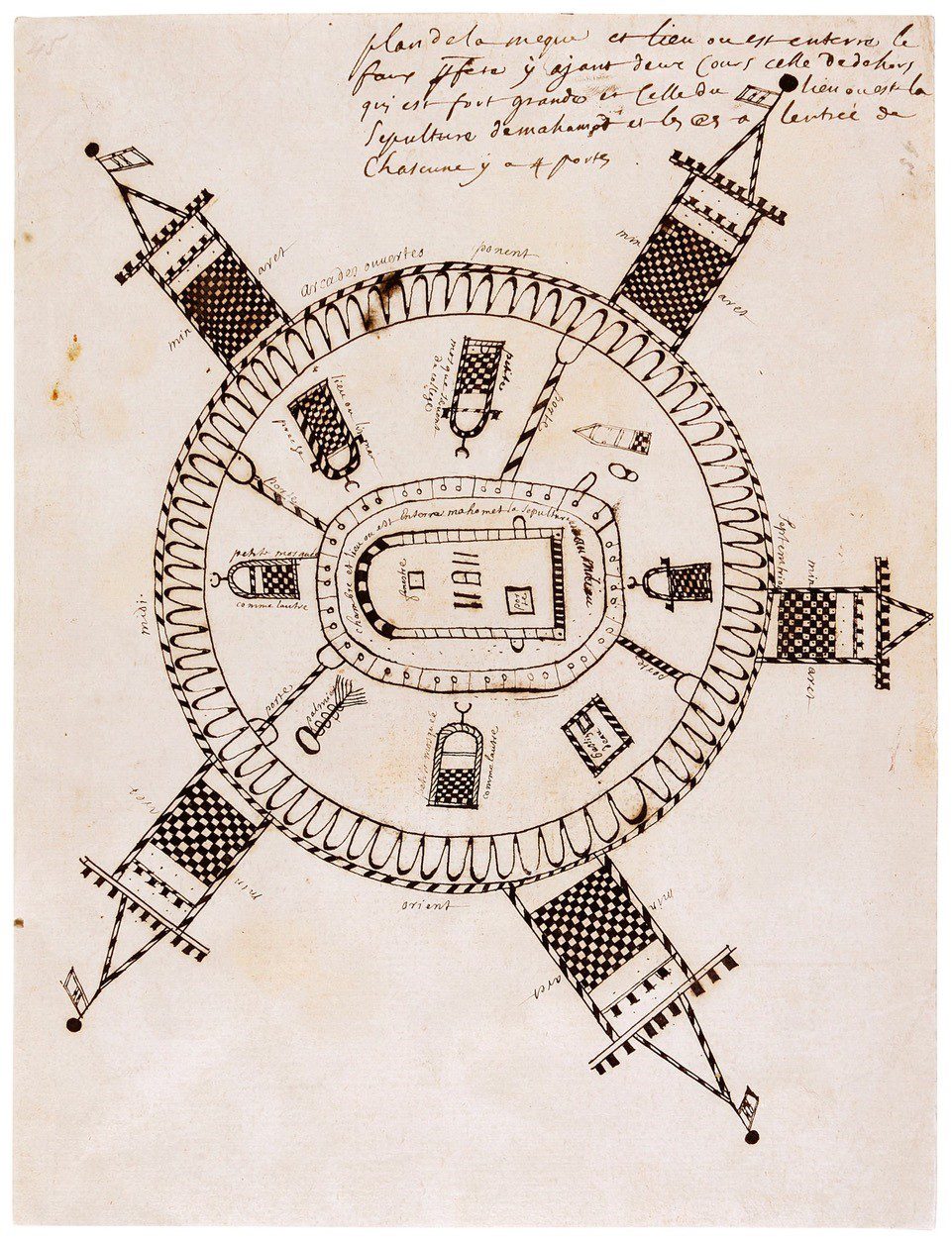
Ut ekphrasis pictura: When Words Take Shape in Sir John Chardin’s Drawings of Muhammad’s Tomb in Mecca
Avinoam Shalem, Columbia University
March 30, 2023 · 4:30 pm—6:00 pm · 010 East Pyne
Department of Art & Archaeology

Violence might involve the fixation of our memorized images in words, because, as Italo Calvino says in his book Invisible Cities, “memory’s images, once they are fixed in words, are erased”. Yet, the continuing defamation of the imagined image of the prophet Muhammad in the West, and the imagined descriptions of holy spaces strongly associated with Him, like the Haram in Mecca and His tomb in Medina, became topoi. Unlike Calvino’s memory images, when fixed in words, these images were not erased. In fact, they function as tools and strategies of rhetoric. Legendary descriptions of the city of Lamech (Mecca) related by Christian travelers turned into common popular knowledge, and, like formulas, were repeated, thus gaining presence and certainty.
At the focus of this study are two drawings from the ex-collection of the Londoner writer and gardener (and perhaps one of the early modern environmentalist) John Evelyn (1620-1706). They display the earliest European renditions of the imaginary space of Mecca’s sacred enclosure. I would like to deepen into Calvino’s sense of violence of erasure that involves representations, namely into the specific process when the object of our imagined or memorized image is made visible, either by words or by drawings. I would like to contemplate on representation as a site, in which the memory of images is lost and a new entity appears, which acts as a barrier between the beholder and her or his memorized image.















